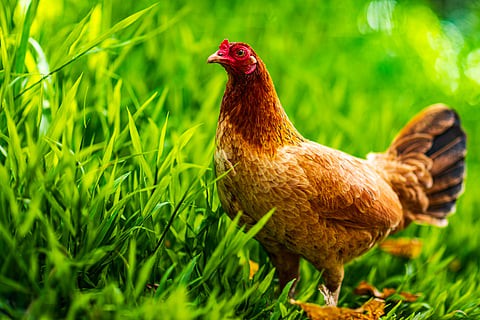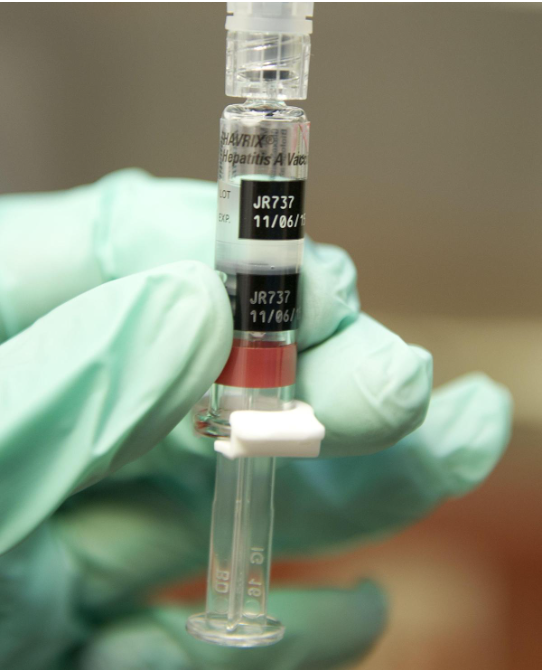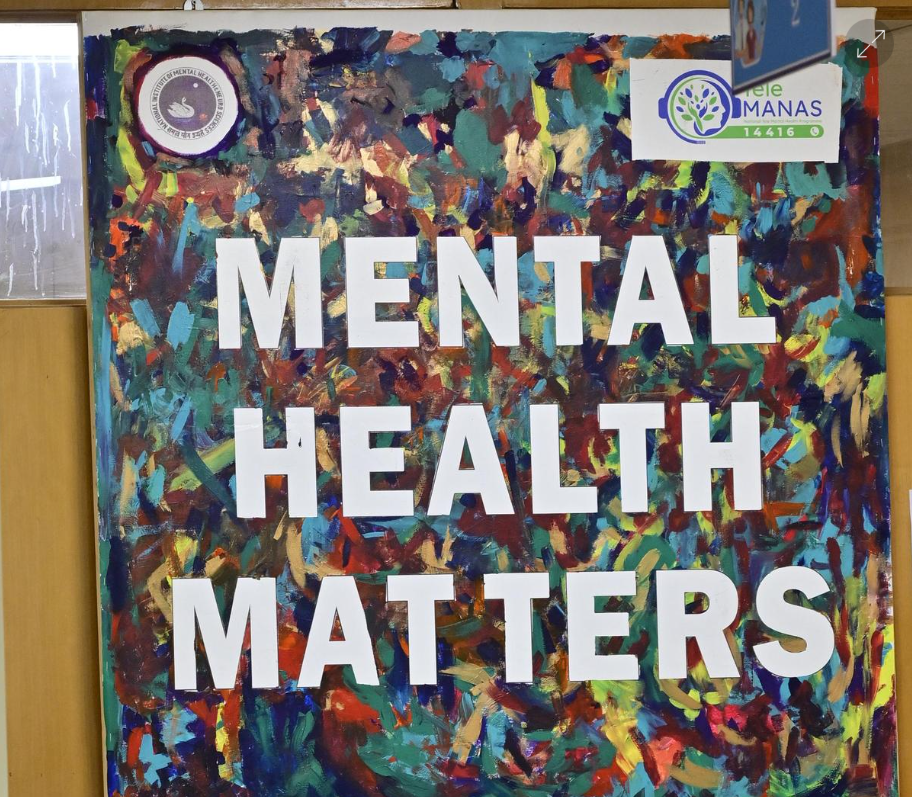Description
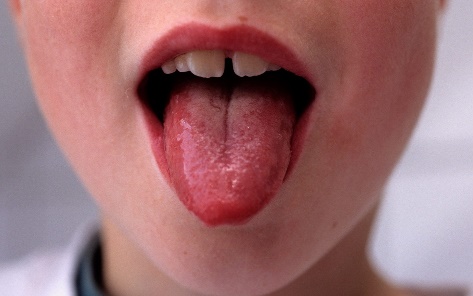
Disclaimer: Copyright infringement not intended.
Context
- Following the deaths of six children in the United Kingdom, health officials are advising parents and schools to watch out for Strep A infections.
What is Strep A - or GAS?
- Strep A - or Group A streptococcus (GAS) - is a type of bacterium found in the throat and on the skin and in most people does not cause any symptoms - known as being "colonised".
- However, in some people it can cause a range different illness of the nose, throat and lungs.
Transmission
- It can be spread through coughs, sneezes and skin-to-skin contact.
- Those carrying the bacteria may have no symptoms, but are just as likely to pass on Strep A as those who have fallen ill.
Symptoms
- Symptoms for Strep A include pain when swallowing, fever, swollen tonsils with white patches, swollen neck glands, a high temperature or a skin rash.
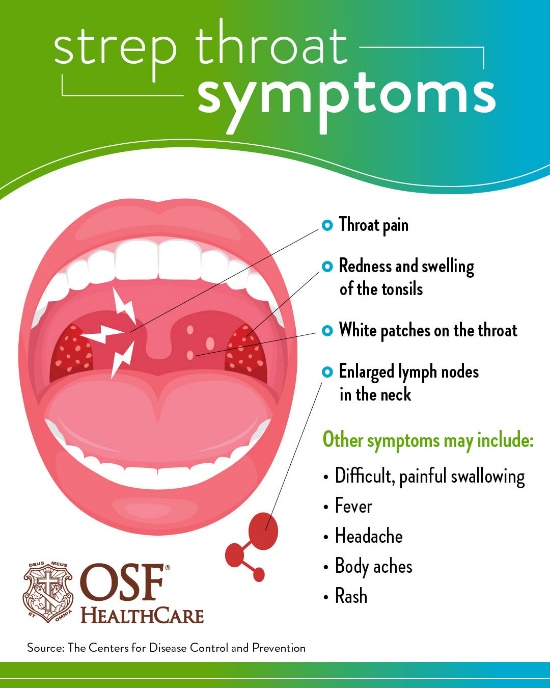
The bacteria can also cause any of the following:
- Tonsillitis
- Pharyngitis
- Scarlet fever
- Skin infections like impetigo or erysipelas
- Cellulitis
- Pneumonia
Most cases of throat infection will get better on their own without treatment. Skin infections may require antibiotics.
However, GAS can also, on occasion, cause very severe infections - known as invasive GAS (iGAS).
.jpg)
What is iGAS?
- Invasive GAS disease happens when the bacterium gets past the body's natural defences and enters parts of the body where it is not usually found, like through the blood, deep muscle or lungs.
- The most severe forms of invasive GAS disease are Streptococcal Toxic Shock Syndrome - symptoms of which include high fever, low blood pressure, scarlet fever, kidney or liver damage and vomiting and diarrhoea - and Necrotising Fasciitis or "flesh-eating disease", which is an infection that causes tissue to become destroyed and requires surgery. Both of these are rare, but Toxic Shock Syndrome has a high death rate.
- Treatments include different types of antibiotics, and depending on how severe the symptoms are, blood transfusions may be given.
What are the symptoms of iGAS?
Early signs and symptoms of invasive GAS include:
- high fever
- severe muscle aches
- pain in one area of the body
- redness at the site of a wound
- vomiting or diarrhoea
People at risk
People at risk of catching the infection include those who are:
- In close contact with someone that has Strep A
- Over the age of 65
- Have HIV
- Use steroids or other drugs
- Have diabetes, heart disease or cancer
.jpg)
Is there a vaccine?
- Strep A is treated with antibiotics. It can be a serious illness, but if treated promptly with antibiotics, it is less of a threat. After at least 24 hours of antibiotics, it is generally thought to no longer be contagious.
Which version of Strep A has caused the children to die in UK?
- So far, at least seven school-age children have died of invasive Group A streptococcus.
- The UKHSA confirmed five children had died of iGAS in England, while another pupil at a primary school near Cardiff in Wales also died after contracting Strep A.
- A school in southeast London also confirmed that a Year 8 pupil has also died.
https://timesofindia.indiatimes.com/life-style/health-fitness/health-news/what-is-strep-a-bacterial-infection-that-has-led-to-the-deaths-of-6-children-in-the-uk/photostory/95981393.cms?picid=95981404







.jpg)


